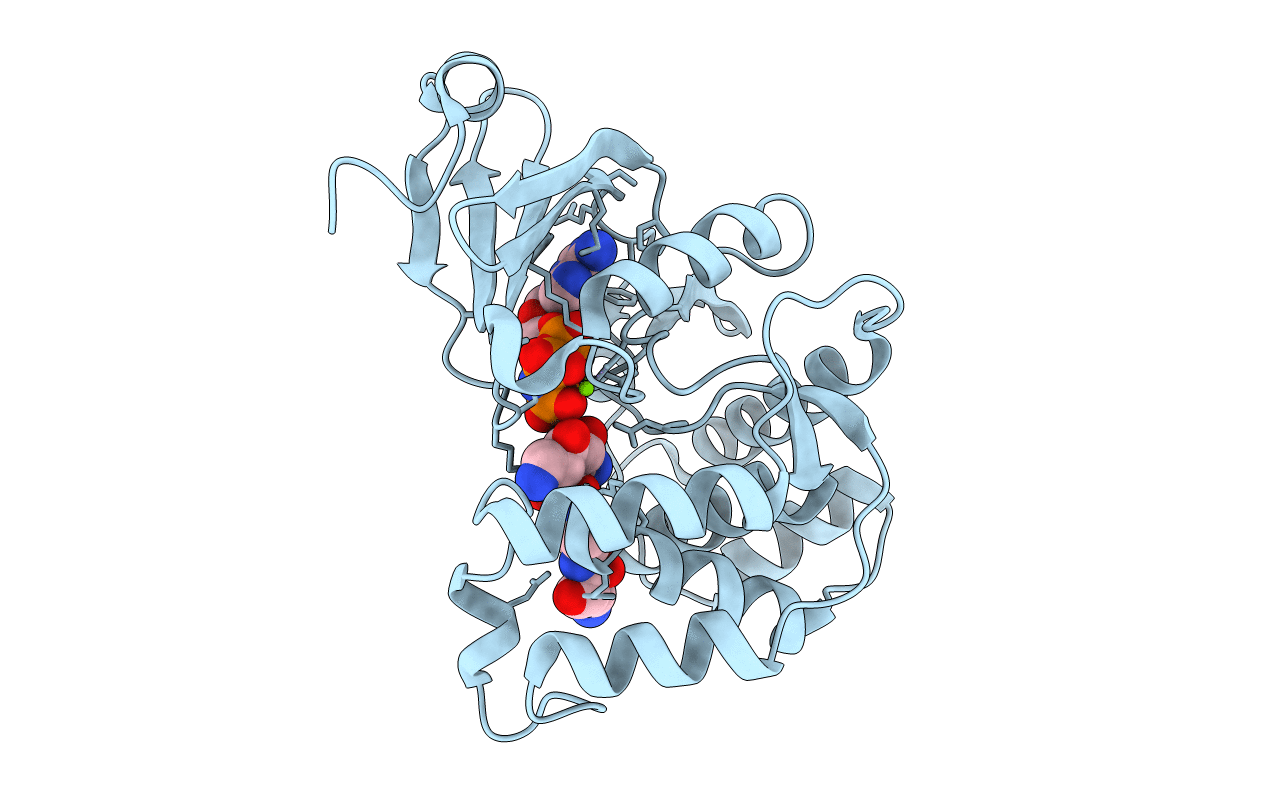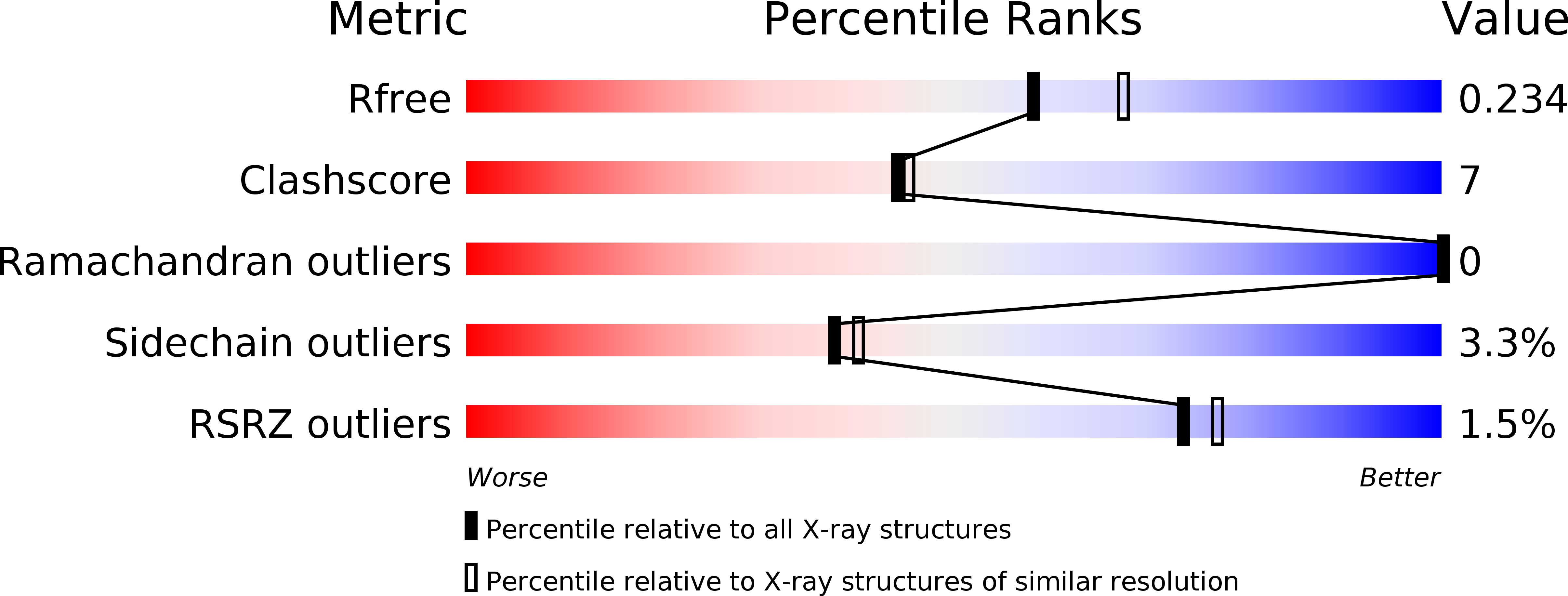
Deposition Date
2011-08-30
Release Date
2011-10-19
Last Version Date
2024-11-06
Entry Detail
PDB ID:
3TM0
Keywords:
Title:
Crystal Structure of 3',5"-Aminoglycoside Phosphotransferase Type IIIa AMPPNP Butirosin A Complex
Biological Source:
Source Organism:
Enterococcus faecalis (Taxon ID: 1351)
Host Organism:
Method Details:
Experimental Method:
Resolution:
2.10 Å
R-Value Free:
0.22
R-Value Work:
0.17
R-Value Observed:
0.18
Space Group:
P 42 21 2


